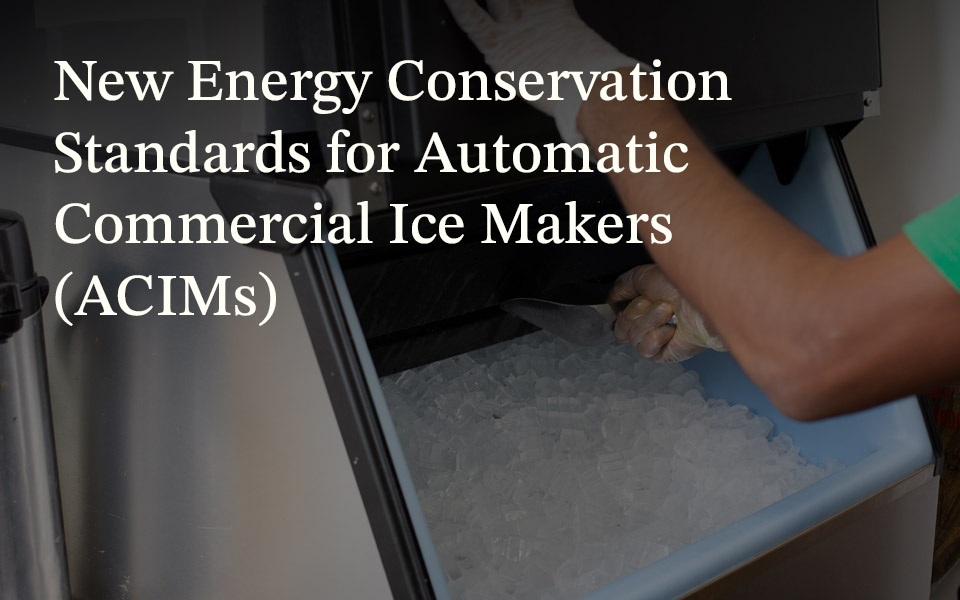
Over the past several years, a dynamic regulatory climate has prompted original equipment manufacturers (OEMs) to develop new equipment and system architectures for small-format retailers. The transition from hydrofluorocarbons (HFCs) with high global warming potential (GWP) to new refrigerant alternatives is underway. These new alternatives must simultaneously offer lower GWP levels and performance efficiencies that meet new environmental and energy targets. Natural refrigerants propane (or R-290) and CO2 (or R-744) are part of a very short list of refrigerants capable of meeting both of those criteria.
R-290 applications
R-290’s flammable (A3) classification and current 150g charge limit have largely restricted its use to smaller systems that utilize fractional horsepower compressors or condensing units. Efforts are currently underway to increase its charge limits. Here’s a look at some of the new R-290 equipment and system architectures.
Stand-alone — R-290 is most commonly found in self-contained display cases that feature a built-in condensing unit in each refrigeration fixture. These cases have been in service for more than a decade in Europe and have become increasingly popular in the U.S. in recent years.
Integrated cases — deployed as an alternative to centralized systems, these large refrigeration cases integrate multiple R-290 compressors on individual 150g circuits. Each compressor has its own supporting system components (e.g., fans, valves, piping, etc.). An increase to the 150g charge limit would greatly simplify equipment design and expand R-290’s application potential.
Micro-distributed architecture — like stand-alone cases, each fixture is designed with its own condensing unit. The difference is, micro-distributed systems are designed to remove exhaust heat from the building through a shared heat rejection/water loop system that extracts the heat from each unit and diverts it to a condenser/cooler on the roof. While store comfort is optimized, operators may expect higher first costs and a slight energy penalty due to the secondary heat exchange design. However, in warmer climates, the removal of exhaust heat from a facility — and the load reduction on its HVAC system — may offset this penalty.
Ice machines — the EPA recently listed R-290 as acceptable for use in ice machines. Choosing which type of ice machine (cuber or flaker) to use is a key design consideration for OEMs, but component manufacturers are offering fractional horsepower compressors to integrate with both types and help with evaporator design.
R-744 applications
R-744 is effective alternative to HFCs in both low- and medium-temperature applications. Its high operating pressure (around 1,300 psig or 90 bar) and low critical point require refrigeration strategies to account for these unique characteristics. Although CO2 is more common in large-format grocery stores, OEMs have begun manufacturing systems and components sized for smaller equipment.
Small, centralized CO2 systems — appropriately sized for small-format applications, these systems are based on existing CO2 architectures (such as cascade and transcritical booster). A typical small system relies on four compressors to supply the complete refrigeration needs of the retailer.
Remote condensing units — many OEMs are manufacturing CO2 condensing units that can serve small-format needs, such as walk-in freezers and coolers. These recently developed solutions will likely become increasingly used in applications in the coming years.
Read the full Accelerate America article on small-format refrigeration applications [pg.18].

Let the Refrigerant Phase-in Begin
Evaluating next-generation commercial refrigerant alternatives in established and emerging...

Reviewing Proposed Energy Efficiency Standards for Ice Machines
Earlier this year, the Department of Energy (DOE) published a notice of proposed rulemaking (NOPR)...

CO2 as a Refrigerant — Criteria for Choosing Refrigerants
This is post two of CO2 as a Refrigerant, a blog series covering the fundamental considerations...
